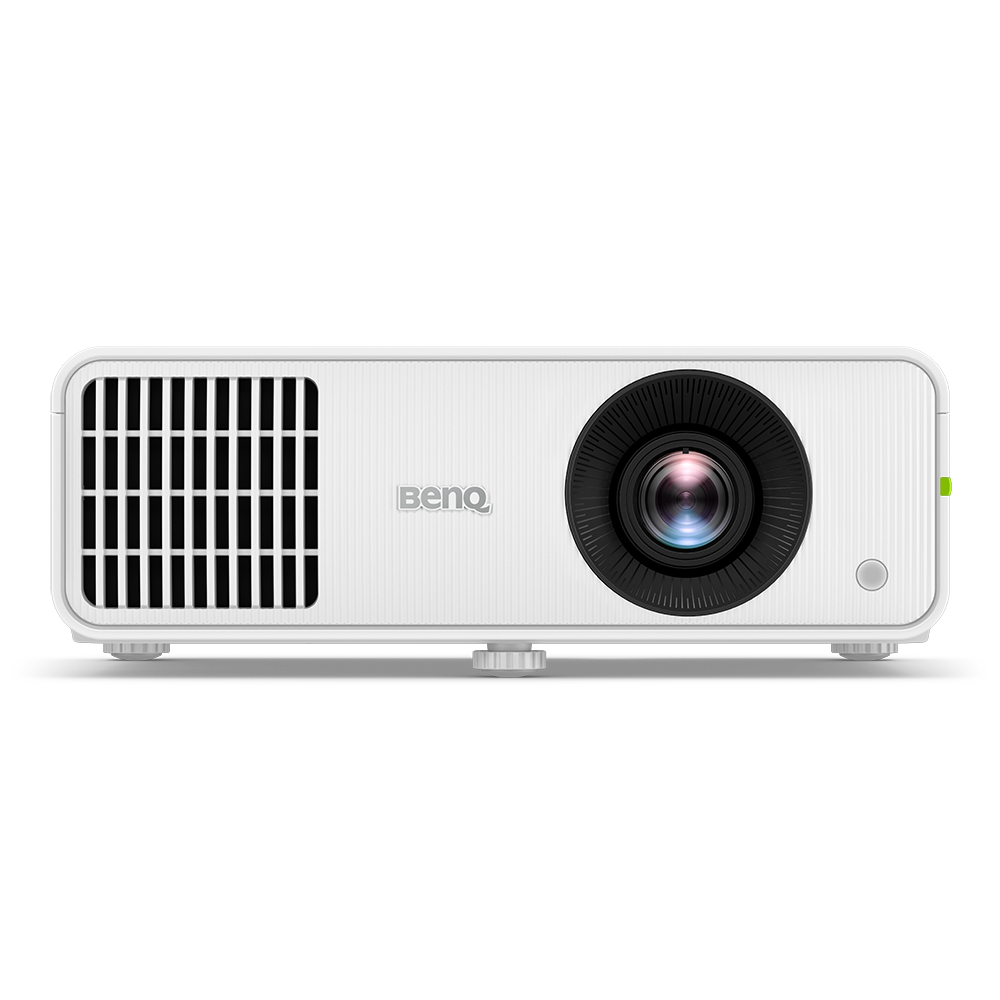When schools face the need to upgrade, update, or completely replace teaching tools and technology, there’s always much to consider.
Just the cost of these processes becomes a considerable burden, and many schools either delay as much as possible or try to avoid the expenditure altogether.


But sometimes there’s no getting around the need to get new technology, and in this article we’ll be looking at when you should realise that your existing classroom projectors no longer get the job done. We’re focusing on standalone projector rather than installation projectors, as the former are the type most commonly used in schools as opposed to conference centers, movie theaters, and other large venues.
Lamp Replacements Cause Downtime and Distractions
When your long-standing and long-serving school projectors go well beyond their intended lifespan, you’ll know. They’ll start having all sorts of technical and mechanical issues, leading to the projector requiring maintenance and thus experiencing downtime. Lamp replacements are a frequent issue with older projectors, which burn through lamps faster due to overheating and other imbalances in power delivery. In addition to downtime, there’s the cost of replacing parts such as lamps, with the typical ones costing anywhere between USD$100-300. This soon adds up, making the cost of a new projector seems very attractive. Not to mention that in many cases lamps become nearly impossible to find for very old projector models.
Of course new projectors need maintenance as well, but it’s a fraction of what an aging projector demands. And even with maintenance, a projector that’s past its operational lifespan will still have issues at the most inopportune times, resulting in annoying distractions in the middle of learning sessions. These include flickering, poor image alignment, screen artifacts, inadequate colour depiction, and many others. From a technical perspective, once a projector is having frequent problems, total replacement trumps piecemeal repairs.
Resolution and Connectivity Expectations
We’ve come a long way in picture quality and have become quite spoiled. Current generation learners are used to 1080p or full HD as a minimum, and much higher in most cases. People increasingly regard 4K as the baseline for video, and even static content needs to be very crisp and vibrant.
That means older projectors with native resolutions like 480p or even 720p simply don’t cut it anymore. Not only are they not capable of properly displaying modern content, they appear very out-of-date and obsolete to contemporary viewers. An audience that spends time and attention gasping at the low resolution of the content being shown isn’t an engaged audience.
On the connectivity front, we mean several things. For one, your old projectors likely only have VGA, composite, and component connectors. In other words, analog video ports. But we’re in the digital age, and the most common connection standard now is HDMI. A projector without HDMI is nearly useless because source devices now all use HDMI. USB is another issue. If your projector doesn’t have USB ports it’s that much harder to get content displayed. Remember, all laptops, smartphones, tablets, and desktops use a combination of HDMI and USB to connect to host devices, and without those two your projector is isolated and will require numerous adapters, which is a hassle.
Connectivity also means internet access, which has become a requirement for school projectors. This is very possible with projectors that have USB connectors, as you can add Wi-Fi and even Android or Windows computing modules. Significantly older projectors have no way to get online and access the internet, rendering them non-smart in the most basic way.
Older Projectors are Bulky and Inefficient
Advances in technology as expected to make new projectors smaller, lighter, and more power efficient, while improving their features and performance. Old generation projectors are larger, heavier, and take up more space. They also consume much more power while providing less performance and benefits. Bulky projectors are difficult to move, while new models are very portable and can easily be carried between classrooms. You can even feel the difference in temperature and sound, where old projectors warm up rooms and generate noise, while modern models are much cooler and nearly silent.
All of these provide reasons to get new projectors and serve as indicators that the time for a replacement has come. The longer you delay, the more time teachers have to waste on dealing with projector hassles, the more student focus is diminished.
Project Based Learning in K12 with All-In-One Smart Projector
At BenQ, whether you’re conducting your project based learning using an interactive flat panel or a BenQ smart projector, you can always count on simplicity, security, safety, sustainability, and affordability.
New Teaching Methods Need New Tech
Technology exists to enhance and serve education, not the other way around. You shouldn’t spend precious time worrying about technology that’s supposed to enable better teaching and learning. Also, teachers and students now are generally very tech-savvy and increasingly used to new methods of education, such as flipped classrooms, project-based learning, remote participation, and hybrid learning. Keeping students engaged is more vital than ever, and outdated technology sticks out like a sore thumb in this kind of landscape.
With BYOD or bring your own device on the rise, older projectors that lack the connectivity described above become a huge hurdle to collaboration and learning in general. At the very least, you need projectors with a couple of USB ports. We brought up the issue of internet access before, but because now sharing content from cloud accounts is so essential, even connecting a laptop via USB isn’t ideal due to showing of personal info via the projector. Thus, projectors with integrated internet access and browsers are the best solution, and certainly better than connecting a laptop to an ancient projector via VGA.
The emergence of video conferencing and virtual classes sheds even more light on the shortcomings of old projectors. They’re just not set up for this kind of educational experience, with no way to connect to the internet and having to use an external camera to show the screen to remote participants. This results in poor image and sound quality, among other deficiencies. New projectors with onboard internet connectivity and conferencing apps installed - plus easy access to dedicated webcams - largely resolve these issues, providing an excellent virtual classroom experience.
Modern Tech for Compelling Schools
New teaching methods call for new technology. Trying to implement the former while avoiding an upgrade to the latter is a recipe for disappointment. They go together. Keeping your school technology up-to-date isn’t a vanity project, it’s very practical and serves to deliver compelling education to your students. If you’re experiencing any of the issues described above, then the time for a change has come, and new projectors make a very strong case for updating school technology as soon as you can.





?$ResponsivePreset$&fmt=png-alpha)


